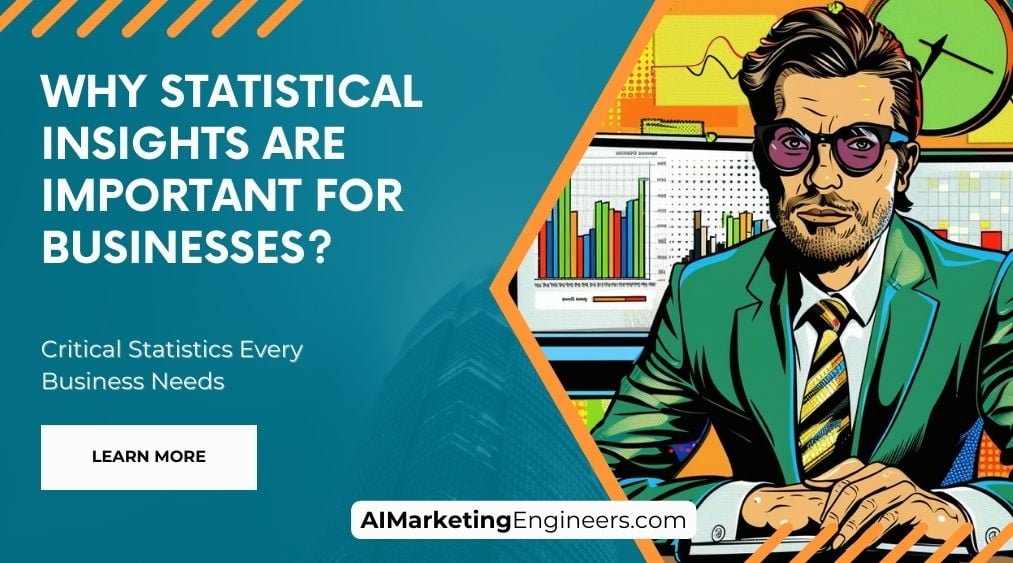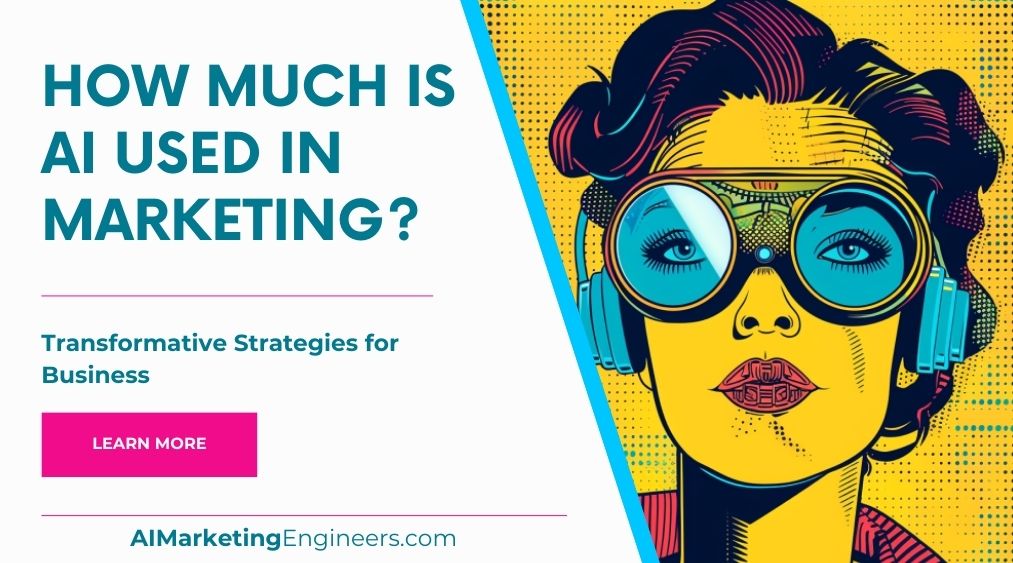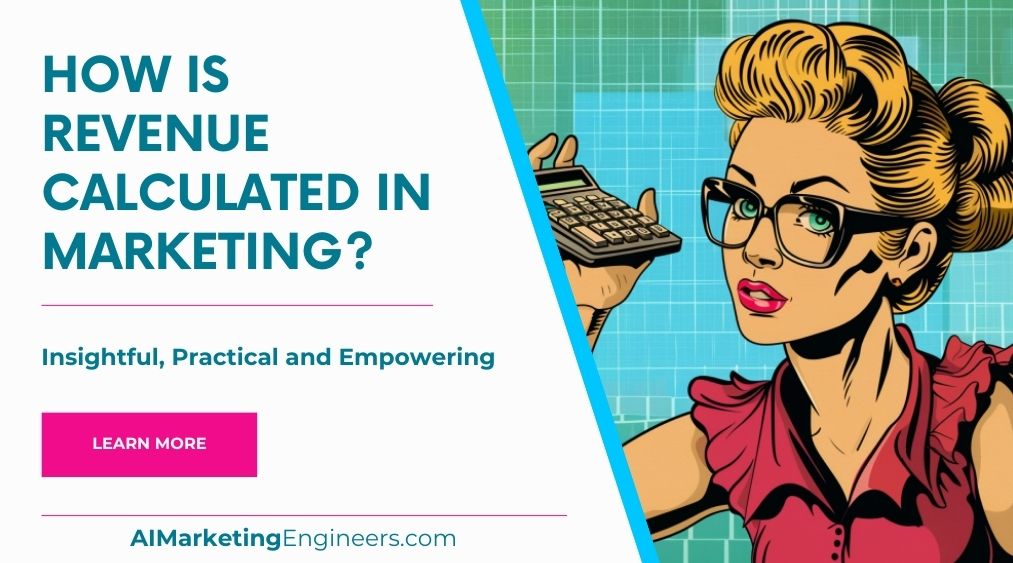Key Takeaways
✅ Versatility in Data Handling: Tackling big data? Python makes it a breeze with Pandas, NumPy, and SciPy. These libraries simplify the nitty-gritty of data manipulation, offering you a toolkit ready for any challenge.
✅ Powerful Visualization Capabilities: Got insights? Show them off with Matplotlib, Seaborn, and Plotly. These Python pals turn complex data into visuals that stick, helping you tell your story with clarity and impact.
✅ Machine Learning Integration: Ready to predict the future? Python's got your back. Libraries like scikit-learn, TensorFlow, and Keras are your crystal ball for forecasting trends and patterns, unleashing new potential in analytics.

Introduction
Ever wonder why Python is the darling of the Data Science world? Think about it – every day we create 2.5 quintillion bytes of data. But what's the point of it all if we don't understand what it's telling us? Enter Python – the key that unlocks the treasure trove of data!
Armed with Python for Data Analysis, you're not just crunching numbers; you're uncovering answers and discovering the solutions hidden within datasets. It's like having superpowers—except the cape is your code, and your mission is to extract stories from a sea of numbers, every single day.
Can it help you maximize revenue or ROAS/ROI? You bet! Imagine learning the secrets of data, turning them into strategies that outmaneuver competition and capture markets. This guide isn't a one-way ticket to the world of data science – it's your personal elevator to the top floor.
In this story of data and Python, you'll find not just insights, but actionable steps that can spark change and ignite progress. Ready to embark on this thrilling quest? Let's unroll the scroll and start the journey – it's time for you to become the hero in a universe powered by data science!
Top Statistics
| Statistic | Insight |
|---|---|
| Most Widely Used Language Among ML Practitioners: Python ranks at 84% (Source: Kaggle 2021). | The versatility of Python is likely driving its popularity in the cutting-edge field of machine learning, which could mean a bright future for its users. |
| Second Most Loved Programming Language: Python has a 76.9% approval rate among developers (Source: Stack Overflow 2020). | Developers' affection for Python underlines its ease of use and significant impact on productivity and innovation in technology. |
| Most Popular Among Data Scientists: Utilized by 57% of data scientists (Source: JetBrains 2019). | Python's extensive library support makes it the go-to language for those looking to unravel data's secrets, making it a cornerstone in the analytics community. |
| Big Data Market Growth: Expected CAGR of 10.3% from 2021 to 2027 (Source: ResearchAndMarkets 2021). | With an exploding big data market, proficiency in Python becomes an even more valuable asset for organizations and professionals alike. |
| Business Analytics Market Forecast: Projected to reach $79.5 billion by 2025 (Source: Grand View Research 2020). | This growth indicates a soaring demand for analytical tools and platforms, where Python's role cannot be overstated as a key driver in this expansion. |
Embracing Python for Data Analysis
Have you ever stumbled upon a treasure chest of data and didn't know how to unlock its secrets? Python for data analysis is here to serve as your key. Sure, gobbling up data like Pac-Man sounds fun, but what’s cooler is turning that data into actionable insights. Python isn’t just easy to pick up for newbies, but it’s also powerful enough for the data wizards to cast complex spells. By mastering its libraries, you’re setting yourself up to be the maestro in the data symphony.
Building Your Python Toolkit
Remember the days of playing with LEGOs, constructing whatever your mind conjured up? That's the kind of creative freedom Python offers with its data science toolkit. Libraries like NumPy and Pandas are the building blocks you’ll need. They work wonders with numbers and make dealing with tabular data a breeze. And let's not overlook the power of Jupyter Notebook – it's like your digital lab book where all your experiments come to life. Once you get a handle on Python’s syntax and variables, the possibilities are as endless as your imagination.

Pandas: Your Data Tidying Companion
Now, imagine your data looking as organized as books on a shelf - that's the orderliness Pandas brings to the table. Whether your data is as tangled as a bowl of spaghetti or as scattered as puzzle pieces, Pandas will help you make sense of it all. It’s all about getting your hands dirty with data loading, manipulation, and yes, the inevitable cleaning up. It won't be long before 'messy data' sounds less like a nightmare and more like a challenge you're eager to tackle.
Painting Stories with Data
Why let numbers stay numbers when they can tell compelling stories? Let's talk about bringing data to life with Matplotlib and Seaborn. These visualization libraries are your color palettes for narrating the hidden tales in your data. Transforming abstract figures into colorful plots and graphs can reveal patterns you never knew existed - and that’s where your data starts speaking volumes. Adding a dash of style to your graphs isn’t just about aesthetics, it’s about clarity and engagement in your data storytelling.

Unveiling Data Mysteries with Statistics
Curious about what secrets your data is hiding? Time to don your detective hat with exploratory data analysis (EDA). Sift through your data, lay out the trends, and track down the outliers. It's not just about looking for the what, but understanding the why. For those with a thirst for even deeper knowledge, Python allows you to step up your game with regression and hypothesis testing. It’s not just detective work; it’s using statistics to decode the fascinating enigmas within your data.
The Future of Data with Machine Learning
When it comes to predicting what lies ahead, machine learning with Scikit-Learn is your crystal ball. It’s about teaching your computer to learn from data and make predictions or decisions without being expressly programmed to do so. Algorithms can identify patterns and make forecasts, essentially turning your device into a futuristic oracle. And don’t worry, it’s less about building Skynet and more about creating tools that enhance our daily decisions. As you refine your models, you’ll be amazed at how your computer starts to feel like a fellow data scientist.
Unlocking Further Potential
Think of today's session as your primer into the world of data analysis with Python — a teaser of the adventure that awaits. Whether you’re curious about visualizing data or crafting machine learning models, these skills are your stepping stone into the vast ocean of data science. Remember to keep pushing your boundaries, exploring resources, and engaging with the community. Your journey has only just begun. Are you ready to dive deeper?

AI Marketing Engineers Recommendation
Recommendation 1: Lean into Automated Data Cleaning with Python: Before diving into the deep sea of data analysis, there's a reality we need to face: data can be messy. While Python offers strong data cleaning capabilities, it's time for you to employ libraries like Pandas and CleanPy that streamline this process. Don't you think it's time to cut the hours of looking at confusing columns and odd outliers? By using Python's automated data cleaning tools, you can save time and reduce errors, setting the stage for more reliable insights. Real, actionable analysis begins with clean data, doesn't it?
Recommendation 2: Adapt to Python's Advanced Machine Learning Algorithms for Predictive Insights: Have you ever wished you could predict future market trends? Well, it's not as far-fetched as it sounds. Employ Python's machine learning libraries, such as Scikit-learn, TensorFlow, and PyTorch, to analyze historical data and predict future trends. Current trends show that businesses that adopt predictive analytics can gain a significant competitive edge. Imagine tailoring your marketing efforts based on what your data tells you might happen next week, next month, or next year. Ready to be ahead of the curve?
Recommendation 3: Utilize Python for Real-Time Data Analysis via Streamlit or Dash: Have you seen how the world's fascination with real-time information has skyrocketed? Whether it's tracking stock prices, monitoring social media sentiment, or observing website traffic, real-time data is the heartbeat of informed decision-making. Python frameworks like Streamlit and Dash enable you to convert data analysis scripts into interactive web applications. This can be a game-changer for businesses to make decisions on the fly. How powerful could it be for your business to have a dashboard that provides live insights and drives action when it matters most?

Conclusion
So, we've journeyed together through the fascinating world of Python for Data Analysis, and I can't help but ask, how do you feel about it? Do you see the power in those lines of code and the wonderful libraries we've talked about? It's not just about processing numbers and datasets; it's like learning an invaluable skill that can take you places in today's data-driven landscape.
Remember the simplicity and flexibility that Python offers? It's like having a Swiss Army knife in your data toolkit. Whether it's Jupyter Notebooks that make interactive coding a breeze or the way Pandas lets you wrangle data like a pro, Python is built to make your life easier. And let's not forget the clear visuals you can craft with Matplotlib and Seaborn, which make data tell a story that everyone can understand.
The statistical methods and machine learning concepts might have seemed daunting at first, but with Python's intuitive syntax, they're now within your reach. Isn't it cool how you can now predict and infer things from your data?
Beyond this article, the journey doesn't end. It's about continuous learning, practice, and joining the community where sharing and collaboration happen. Dive into the additional resources but also dare to experiment on your own. Who knows what patterns you'll uncover or what problems you'll solve when you apply Python to your data science projects?
And what about that fear of getting started or worry about if it's too complex? Well, if you’ve followed along, you've taken those first steps and it's just a matter of momentum from here. So, are you ready to write your own story with Python and master data analysis? Your journey might just be beginning, and imagine where it could lead. Happy coding, and may your data always tell a meaningful story.

FAQs
Question 1: What is Python used for in data analysis?
Answer: Think of Python as a Swiss Army knife for anyone who likes digging through data and making sense of it. It’s got a bunch of tools that help you sort, analyze, and visualize all sorts of information so you can spot the patterns and tell the story hidden in the numbers.
Question 2: Is Python suitable for beginners in data analysis?
Answer: Absolutely! Python is a bit like the friendly neighborhood of programming languages – welcoming, easy to get around, and packed with helpful folks. Its simple style means you can pick it up quickly and get right to work on your data detective adventures.
Question 3: How do I start learning Python for data analysis?
Answer: First, set yourself up with Python and a cozy space to code, like Jupyter Notebook. Then, it's like learning to cook: start with the basics, throw in some tasty data analysis libraries like Pandas and NumPy, and practice by playing with real recipes, I mean, datasets!
Question 4: Which Python libraries should I learn for data analysis?
Answer: You'll want to get friendly with NumPy for all your number-crunching needs, Pandas for organizing your data, Matplotlib and Seaborn for drawing pretty pictures with your numbers, and Scikit-learn when you're ready to get smart with machine learning.
Question 5: How can I handle missing values in my dataset?
Answer: Missing values are like puzzle pieces that got lost. You either find a good enough replacement, like using average numbers, or decide to let it go and move on without them. There are tools to help you make the call, so your data story still makes sense.
Question 6: How do I perform feature engineering in Python?
Answer: Think of feature engineering as arts and crafts with data. You take raw bits and bobs and turn them into something useful for your models. You might categorize stuff, group numbers, or create entirely new bits of data magic with the tools Python offers.
Question 7: Can you explain cross-validation and hyperparameter tuning in Python?
Answer: Sure! Imagine cross-validation as a sort of dress rehearsal for your data model before the big show – you practice on different parts to ensure the final performance rocks. Hyperparameter tuning is like fine-tuning your guitar so the music hits all the right notes and sounds awesome to the audience.
Question 8: How do I visualize complex data sets in Python?
Answer: When you’ve got a complex tale to tell with your data, you need some snazzy visuals. Python gives you a box full of crayons like Matplotlib and Seaborn to help you draw everything from simple bar charts to fancy interactive graphics that really bring your story to life.
Question 9: Are there any best practices for organizing and managing code in Python projects?
Answer: Keeping your code neat and tidy is like making sure your socks are in pairs – it saves you a headache later. Use small, easy sections of code, keep track of changes with tools like Git, and tidy up with good documentation. It’s like Marie Kondo-ing your code; it just feels right.
Question 10: Where can I find high-quality datasets for practicing data analysis in Python?
Answer: On the hunt for data treasure? There are loads of spots where data lovers share their haul. Try Kaggle, UCI’s stash, or dive into Github’s treasure trove. There's a whole world of data out there just waiting for you to roll up your sleeves and dig in!

Academic References
- McKinney, W. (2017). Python for Data Analysis: Data Wrangling with Pandas, NumPy, and IPython. O'Reilly Media. This book offers a deep dive into the essentials of data manipulation using Python, focusing on how to leverage libraries like Pandas and NumPy for data analysis. Wes McKinney, the creator of Pandas, himself guides the reader through various techniques of data wrangling that form the backbone of data science work in Python.
- Géron, A. (2019). Hands-On Machine Learning with Scikit-Learn, Keras, and TensorFlow: Concepts, Tools, and Techniques to Build Intelligent Systems. O'Reilly Media. Aimed at more intermediate practitioners, this book navigates through the practical side of machine learning. Offering hands-on experience and real-life examples, it's a treasured resource for readers keen on grounding their Python skills in machine learning, utilizing libraries such as Scikit-learn and TensorFlow.
- Grus, J. (2015). Data Science from Scratch: First Principles with Python. O'Reilly Media. Starting from ground zero? This reference will hold your hand through the journey of understanding data science from the basics. Joel Grus focuses on core principles that pace the path of a beginner towards becoming proficient in data science, all explained in the context of Python programming language – and without the crutch of high-level APIs or libraries.







